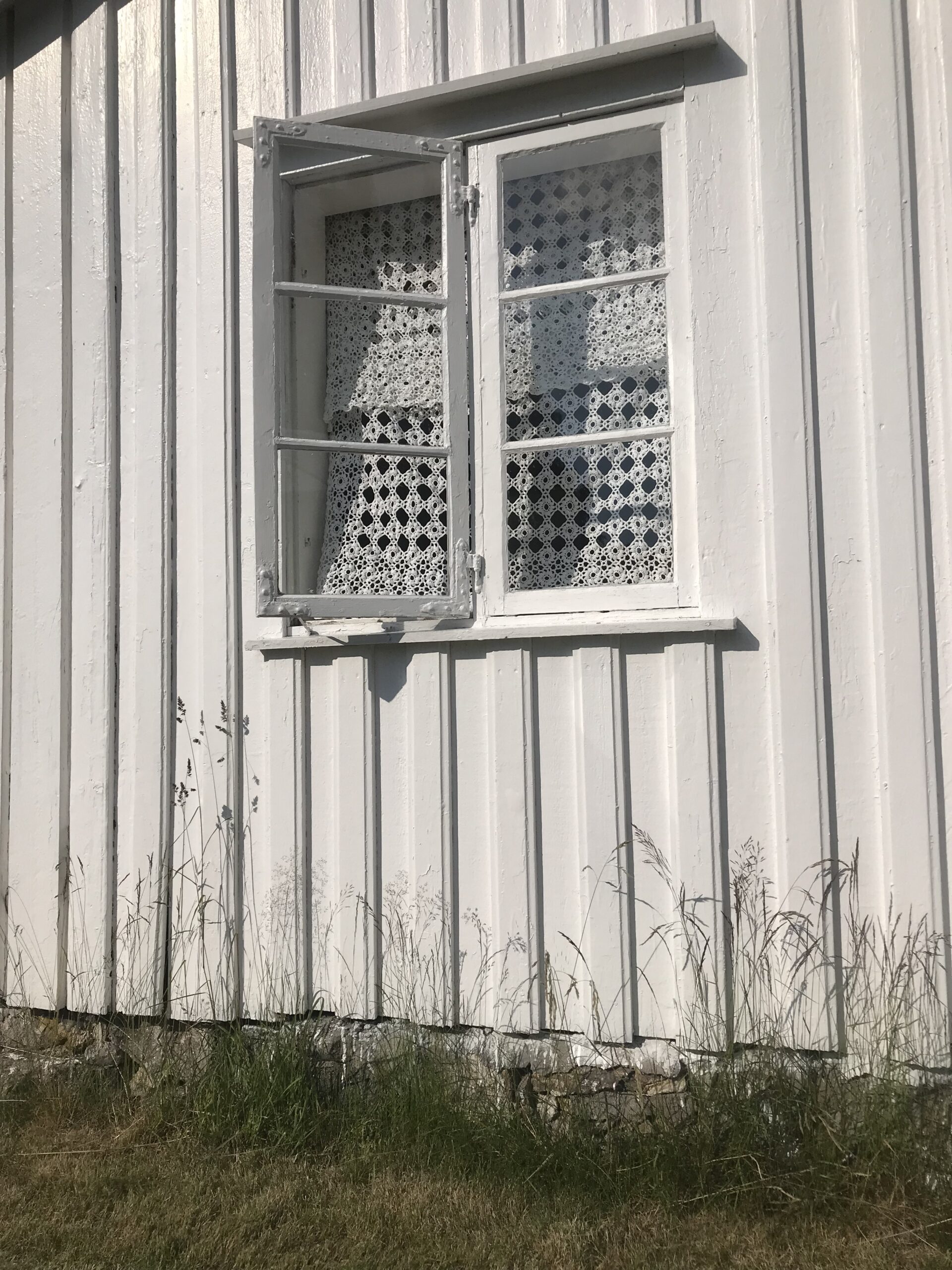By FIONA ZERBST
—for Vann Nath
I.
This was a school
before it was wire and silence.
Oleander
scented the sunlit courtyard.
This was a school,
with blackboards, white-
and-tan-tiled floors. Children
filled the concrete stairwells.
Then it was wire, shackles,
prisoners taken
from their families. They were beaten,
starved, herded like children,
helpless, fed a gruel
of watery rice. Obedient,
they still starved.
II.
Vann Nath, the painter,
drew his captor’s head.
Kept alive on a whim,
he drew each line
like a precious, living thing.
Each line a lifeline
as long as his captor’s
vanity saw likeness there.
III.
A worker told Vann Nath, “Just let things be.”
“Death stays close to us,” he said. Vann Nath drew
and sculpted. Nothing else for him to do
but stay close to the enemy, keep silent.
IV.
Under the oleander,
in the silence,
it is a lovely garden.
Children must have
played here, enjoyed
the morning sunlight,
before their parents
fetched them; before dark.
Fiona Zerbst has published four volumes of poetry: Parting Shots, the small zone, Time and Again, and Oleander.
Click here to purchase Issue 04




